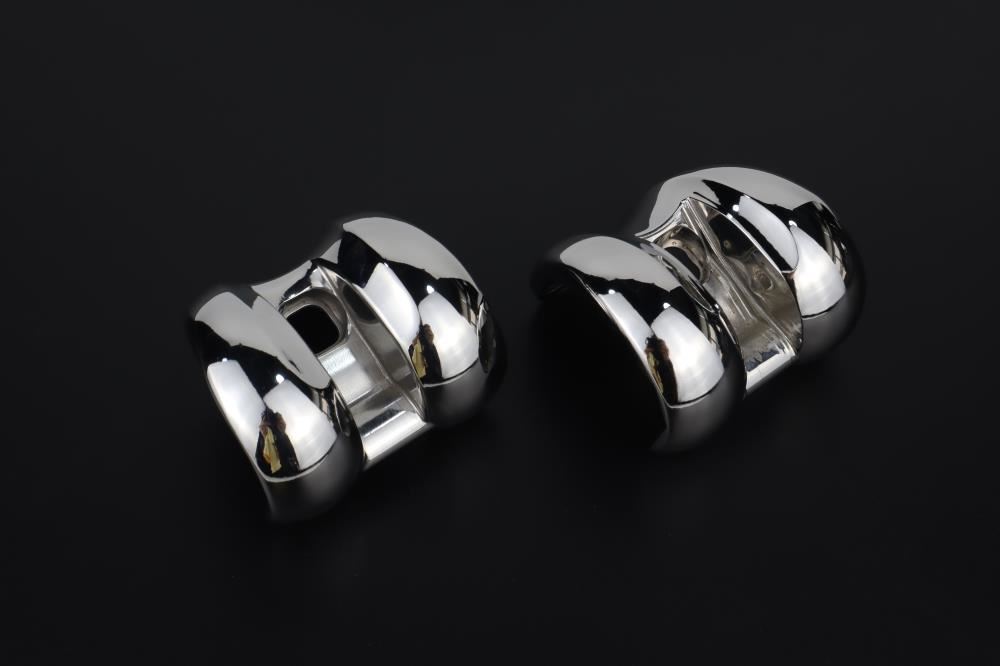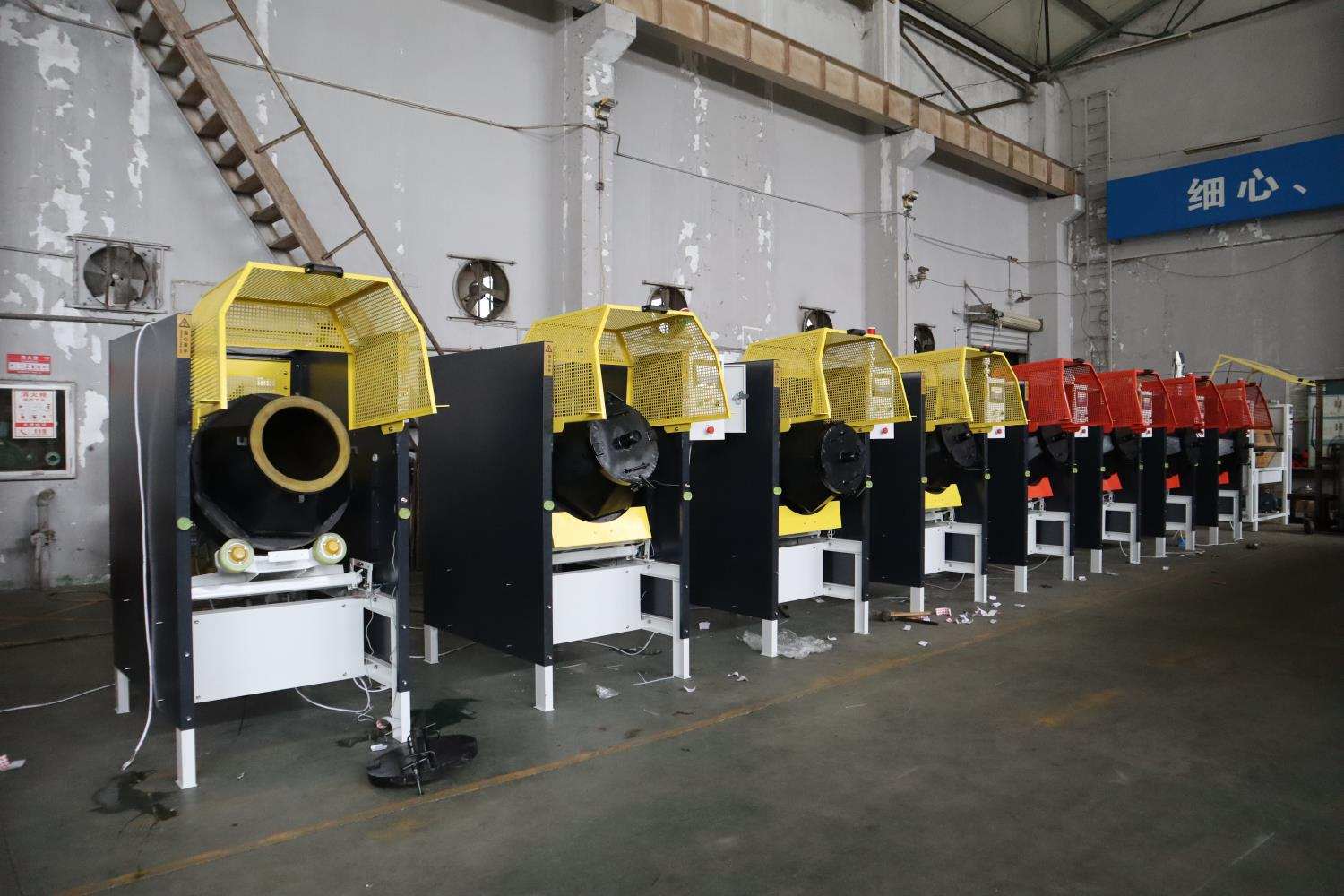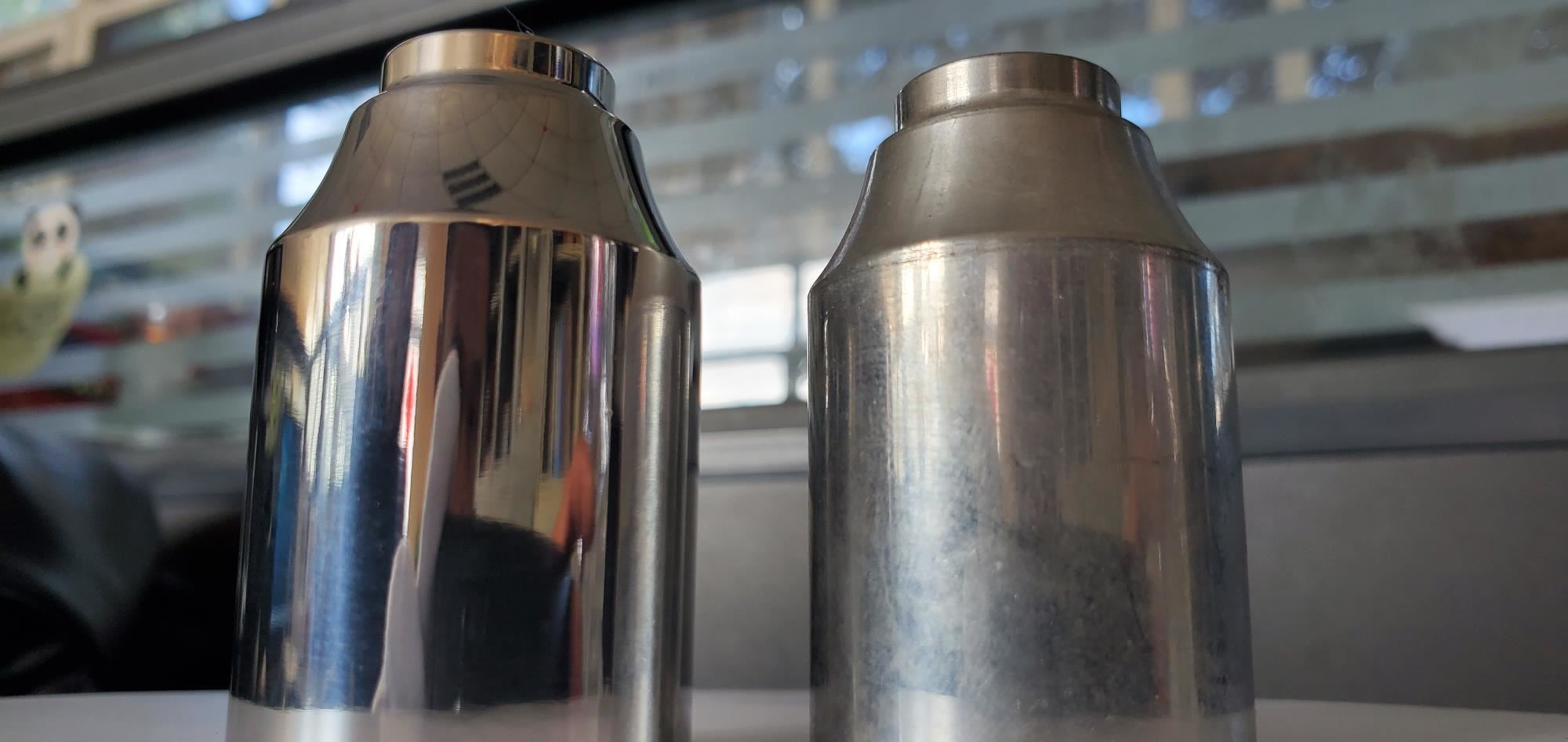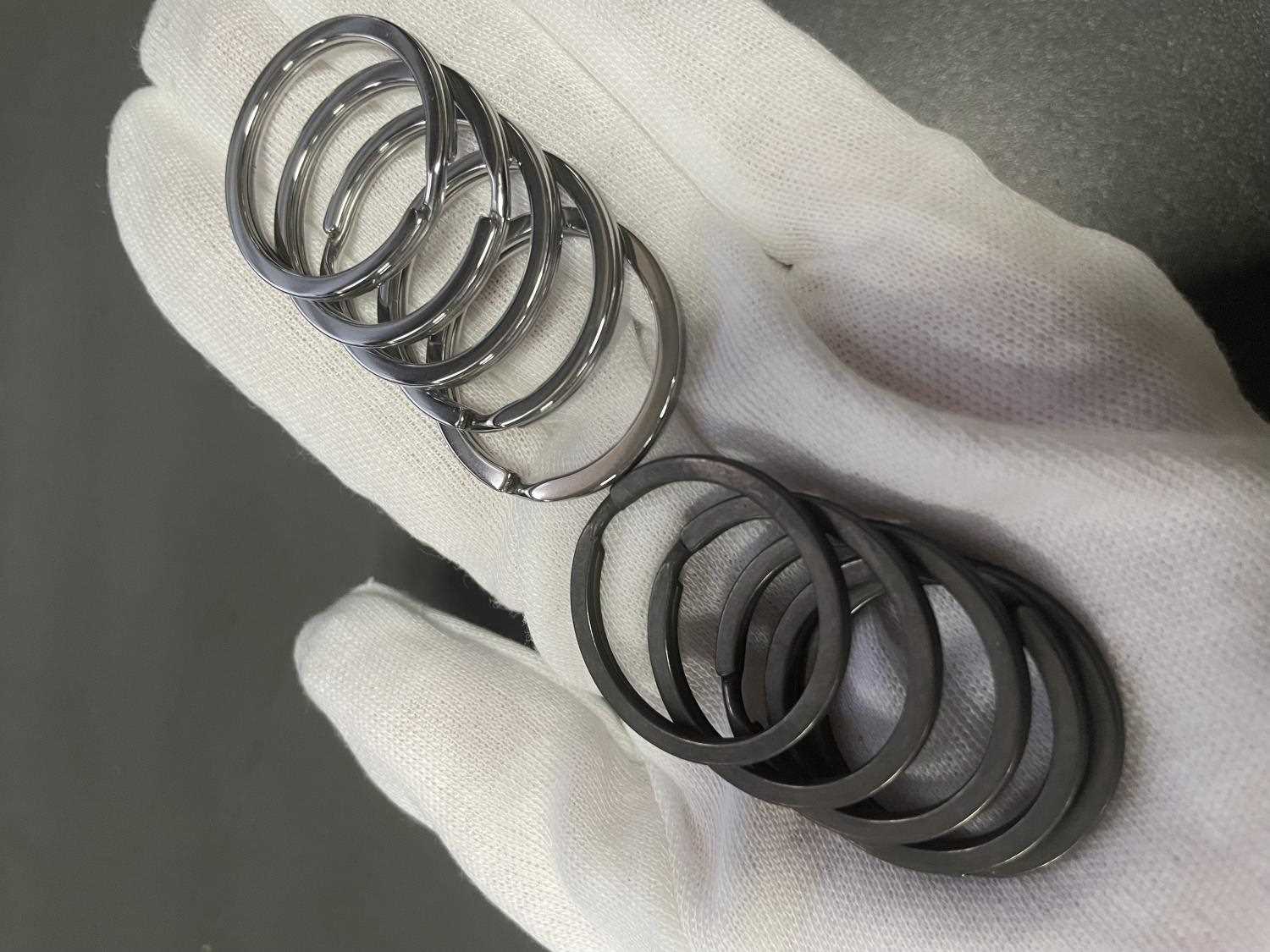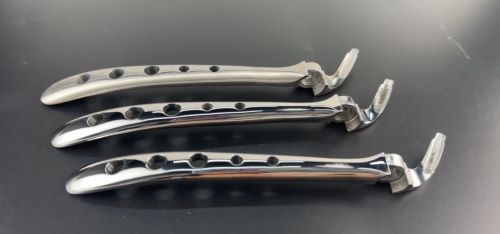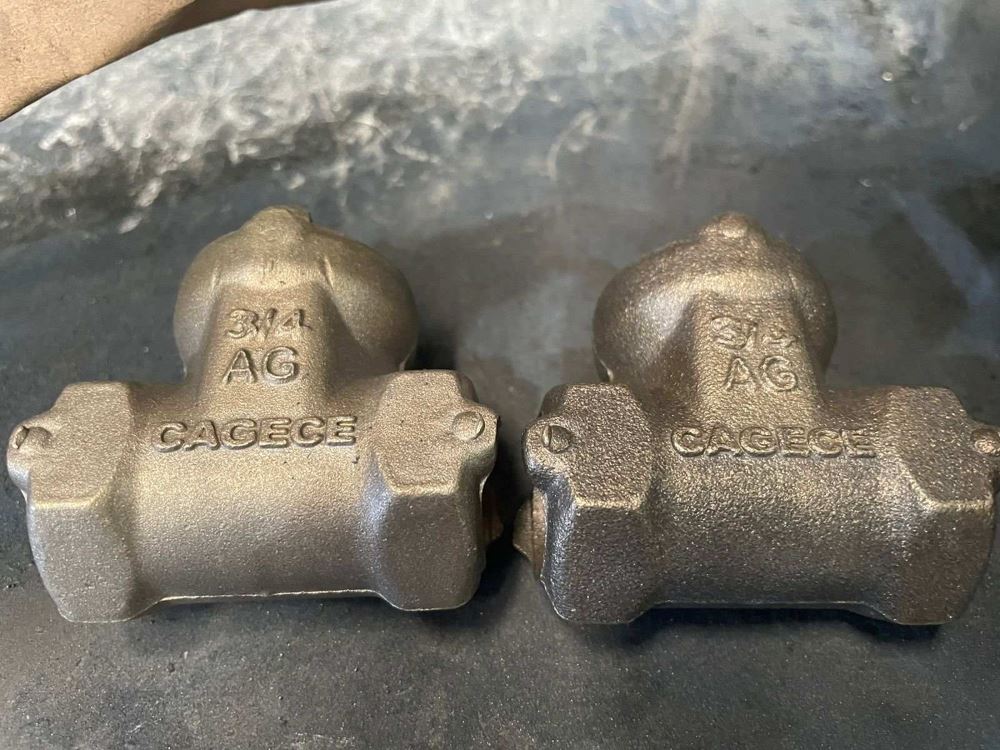Achieving Precision and Safety: Polishing Techniques for Medical Implants and Instruments - A Joint Case Study by JintaiJin and Medical Expert Chris
November 13, 2024
Article Content At JintaiJin, we take pride in our capability to deliver high-quality surface finishing solutions, especially for industries where precision is critical, such as the medical field. Today, I, Max, a polishing engineer at JintaiJin, am collaborating with Chris, an experienced professional in the medical device industry, to share a recent case involving the polishing of medical implants and surgical instruments. These components include spinal screws, bone plates, and connector chains, which all require impeccable surface quality to ensure safety and comfort for patients. 1. The Project: Polishing Medical Implants and Instruments Max: Our client, a manufacturer of medical implants, required a high-gloss finish on these orthopedic devices. The implants needed to have a mirror-like surface that was free from any imperfections, as these surfaces come into direct contact with human tissues. The importance of smooth surfaces for such implants cannot be overstated, as it helps in reducing tissue irritation, preventing bacterial adhesion, and ensuring easier insertion during surgeries. Chris: When I initially discussed the requirements with Max, we both knew that the challenge was not just about achieving a shiny finish—it was about meeting rigorous medical standards. I explained how critical it was to ensure biocompatibility and minimize any potential risks to patients. Max was very receptive, and we started brainstorming the best approach together. 2. Equipment Used for the Polishing Process Max: For this project, we utilized our state-of-the-art automatic tumbling polishing machine, which is well-suited for handling complex medical components. During our initial discussions, Chris emphasized the need for precision and consistency, which led us to select this machine. The features of our equipment that were particularly beneficial for this project include: - Precise Control: The machine’s ability to fine-tune polishing settings allowed us to achieve a consistent, mirror-like finish without causing damage to the intricate details of the implants. - Batch Processing Capability: Given the large number of components that needed polishing, our equipment’s batch processing capabilities were essential for delivering high-quality results within a reasonable timeframe. - Eco-Friendly Polishing Compounds: We used environmentally friendly polishing media and compounds to ensure the process was safe for both operators and the environment. Chris: I was particularly impressed by the eco-friendly approach that Max suggested. This was important to us, as we wanted to ensure not only the quality of the implants but also the safety of the production process for the operators and the environment. 3. Overcoming Challenges and Meeting Medical Standards Max: Polishing medical implants presents unique challenges, primarily due to the strict standards required for surface quality and safety. Aluminum and stainless steel implants are prone to scratches if not han...
View More
